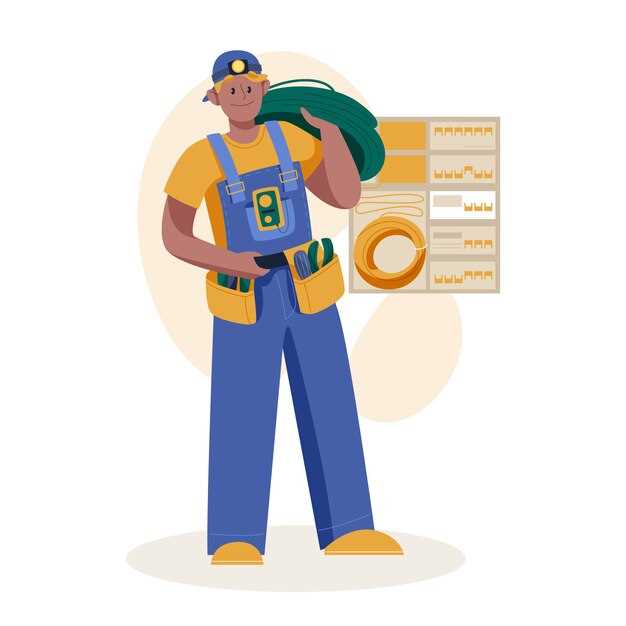Pricing Your Professional Restoration Services

Setting the right pricing for your restoration services is crucial for your business’s success. The cost of your services not only influences your profit margins but also affects your competitive positioning in the market. A well-structured pricing strategy can help attract clients, build trust, and ensure sustainability in your restoration operations.
When determining your prices, it is essential to consider various factors that influence cost. From labor expenses to material costs, each element plays a significant role in establishing a fair price. Moreover, understanding the market rates in your area will allow you to position your services effectively against competitors, ensuring that you remain both attractive and profitable.
Additionally, consider the value you provide to your clients. Highlighting the quality and expertise behind your restoration services can justify higher pricing, while transparent communication about your cost breakdown fosters trust. Balancing these elements will enable you to create a pricing model that meets both your financial goals and your client’s expectations.
Evaluating Costs: Materials and Labor in Restoration Pricing

When setting prices for restoration services, it’s crucial to accurately evaluate both materials and labor costs. These two components significantly influence overall pricing and client satisfaction.
Materials used in restoration projects can vary greatly depending on the nature of the work. Common materials include paints, sealants, adhesives, and replacement parts. To establish a fair pricing structure, conduct thorough research on the cost of high-quality materials that meet industry standards. It’s essential to consider both the upfront costs and long-term durability, as investing in better materials can reduce the need for costly repairs in the future.
Furthermore, consider potential waste or spoilage. During restoration projects, miscalculations or damaged materials can occur, leading to increased expenses. Therefore, a small buffer within your material cost estimation is advisable to mitigate unforeseen costs.
Labor is another critical factor in restoration pricing. The skill level and experience of your workforce will directly impact the labor costs. Assess the hourly rates for skilled labor in your area and factor in any overhead, such as insurance, benefits, and training. It’s important to keep these costs competitive while also ensuring that your team is adequately compensated for their expertise.
Additionally, consider the time required for each project. Accurate time estimates can enhance transparency and trust with clients. Create a standard time evaluation for common tasks within restoration, and adjust based on the specific demands of each job. This will help in formulating an accurate labor cost that contributes to your overall pricing strategy.
In summary, establishing a reliable pricing model for restoration services involves a thorough evaluation of both materials and labor. By investing time in understanding these costs, you can ensure your pricing remains competitive while delivering quality services that satisfy your clients.
Comparing Market Rates: How to Conduct a Competitive Analysis
Conducting a competitive analysis is essential for setting effective pricing for your restoration services. The first step involves identifying your direct competitors within your geographic area. Look for businesses that offer similar services and have comparable target markets. This allows you to gather relevant data on what others charge for their services.
Next, create a comprehensive list of the services provided by your competitors. Make sure to note the specific offerings, as this can greatly affect pricing. For instance, a competitor may include additional features or services that justify a higher price point, which can impact your cost analysis.
Once you have a detailed inventory of services and their associated costs, it’s important to analyze the pricing structures. Look for patterns in how services are priced–are they charged per hour, per project, or using a flat fee? Understanding these structures will aid in positioning your own pricing strategy effectively.
Additionally, consider the value proposition each competitor offers. This involves examining their reputation, customer reviews, and the overall quality of services. If a competitor is charging significantly less but has a stellar reputation, it may indicate that clients perceive more value in their offerings, which could warrant a higher pricing for your services if you can match or exceed that value.
Utilize online tools and platforms that provide insights into market trends and pricing data. Websites like Yelp or Angie’s List can provide customer feedback and service comparisons, giving you a broader understanding of current market rates. Engaging in local business networks or forums can also provide insights from peers in the industry.
Lastly, after gathering all relevant information, assess where your services align in terms of pricing. Decide if you want to position your rates above, below, or at market level, based on the value you deliver, your experience, and unique selling points. This strategic pricing approach will help ensure your services are competitive while still profitable.
Communicating Value: Presenting Your Pricing to Clients

When offering restoration services, it is essential to communicate the value of your work clearly and effectively. Clients need to understand not only the cost but also the significance of the services you provide. Start by breaking down the pricing structure, so clients can see what they are paying for and how each component contributes to the overall restoration process.
Highlight the expertise and quality that come with your services. Explain the skills and training involved in restoration, emphasizing how these factors ensure successful outcomes. When clients perceive the value in quality work, they are more likely to accept the associated costs.
In addition, provide case studies or testimonials from previous clients to illustrate the tangible benefits of your services. Showcasing before-and-after scenarios can foster trust and allow potential clients to visualize the transformation. This approach reinforces the idea that the investment in restoration is justified by the results.
Additionally, consider offering tiered pricing options or packages that cater to different budgets while still emphasizing the value at each level. This strategy not only makes your services accessible but also demonstrates flexibility, showing that you want to meet client needs without compromising quality.
Finally, be transparent about any potential additional costs that may arise during the restoration process. Clients appreciate honesty, and addressing this upfront can prevent misunderstandings later on. By effectively communicating the value tied to your pricing, you build trust and facilitate informed decision-making for your clients.



